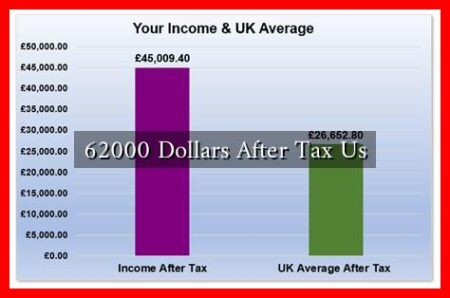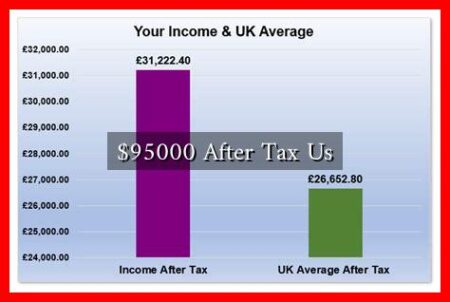-
Table of Contents
Understanding Tax Brackets: A Comprehensive Guide
Tax brackets are a fundamental aspect of the income tax system in many countries, including the United States. They determine how much tax an individual or business owes based on their income level. Understanding tax brackets is crucial for effective financial planning and can significantly impact your overall tax liability. This article will explore the concept of tax brackets, how they work, and their implications for taxpayers.
What Are Tax Brackets?
Tax brackets refer to the ranges of income that are taxed at specific rates. In a progressive tax system, like that of the U.S., higher income levels are taxed at higher rates. This means that not all of your income is taxed at the same rate; instead, it is divided into segments, each taxed at a different rate.
How Tax Brackets Work
To illustrate how tax brackets function, consider the following example based on the 2023 U.S. federal income tax rates:
- 10% on income up to $10,275
- 12% on income over $10,275 and up to $41,775
- 22% on income over $41,775 and up to $89,075
- 24% on income over $89,075 and up to $170,050
- 32% on income over $170,050 and up to $215,950
- 35% on income over $215,950 and up to $539,900
- 37% on income over $539,900
For instance, if a single filer earns $50,000 in 2023, their tax liability would be calculated as follows:
- 10% on the first $10,275 = $1,027.50
- 12% on the next $31,500 ($41,775 – $10,275) = $3,780
- 22% on the remaining $8,225 ($50,000 – $41,775) = $1,809.50
Adding these amounts together, the total tax owed would be approximately $6,617.00.
The Importance of Tax Brackets
Understanding tax brackets is essential for several reasons:
- Financial Planning: Knowing your tax bracket helps you make informed decisions about investments, retirement savings, and other financial matters.
- Tax Liability Estimation: Understanding how much tax you will owe can help you avoid surprises during tax season.
- Tax Strategy Optimization: By understanding how different income levels are taxed, you can strategize to minimize your tax burden.
Case Studies: Tax Bracket Implications
Consider two individuals, Alice and Bob, who both earn $100,000 annually. However, Alice is single, while Bob is married and filing jointly with a spouse who earns $30,000. Their tax liabilities will differ significantly due to their filing statuses and the applicable tax brackets.
- Alice’s Tax Calculation: As a single filer, Alice falls into the 24% tax bracket for part of her income.
- Bob’s Tax Calculation: As a married couple, Bob and his spouse benefit from a higher income threshold before hitting the 24% bracket, resulting in a lower overall tax rate.
This example highlights how tax brackets can affect individuals differently based on their circumstances, emphasizing the importance of understanding one’s tax situation.
Conclusion: Key Takeaways on Tax Brackets
Tax brackets play a crucial role in determining how much individuals and businesses owe in taxes. By understanding how these brackets work, taxpayers can make informed financial decisions, estimate their tax liabilities accurately, and optimize their tax strategies. As tax laws can change, it is essential to stay updated on current rates and brackets. For more detailed information on tax brackets and planning, consider visiting the IRS website.
In summary, being aware of your tax bracket is not just about compliance; it is a vital part of effective financial management that can lead to significant savings and better financial health.


